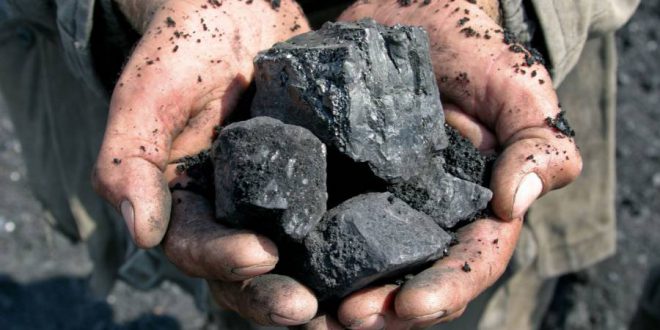Analysts said that Asian coal and gas prices` sharp fall over the past six months serves as a reminder to oil markets on the direction of the prices due to the absence of OPEC-led supply cuts or any pull-back in the United States sanctions.
Asia`s Benchmark coal and liquefied natural gas prices declined despite healthy supply and steady demand causing some producers to struggle in finding a market for their products.
The liquefied natural gas spot prices decreased by more than half since September. Australia`s Newcastle spot coal prices decreased by more than 25 percent since August. Both prices are at their lowest since mid-2017.
In 2018. oil prices also declined but it recovered by more than 25 percent in 2019 because of the support it gets from supply cuts led by the Organization of Petroleum Exporting Countries (OPEC) and the United States sanctions versus oil exporters from Iran and Venezuela.
Jeff Brown. president of energy consultancy FGE. said that the real difference is oil has a policeman in OPEC. which helps keep the market balanced. But OPEC`s job would be difficult if it wasn`t for sanctions. He added that absent OPEC cuts and sanctions on Iran and Venezuela. supply could be 2-3 million barrels per day (bpd) higher which would certainly pressure oil prices in a big way.
Credit Suisse emphasized in a March note that coal supply is not as tight as producers suggested in the middle of last year while Australian coal prices are being hit by restrictions or delays at Chinese ports.
Berstein Energy analysts said that LNG prices have been pulled down by supply growth of 35 million tonnes per annum and a warm winter in Asia. Analysts believe that prices could rise towards $70 per barrel in current conditions by comparison to crude oil benchmark Brent four-month high on Tuesday at $68.20. They. however. warned that supply restrictions may be rolled back later this year since many OPEC members are keen to supply as much oil as they can.
Producers. including OPEC and non-OPEC members. worry that they might lose market share to producers in the United States where crude output has increased by more than 2 million barrels per day since early 2018.
OPEC members are scheduled to meet in June to discuss their output policy to provide assurance to markets that its members will stick with output cuts through June to support prices in the coming months.
 Iran Energy News Oil, Gas, Petrochemical and Energy Field Specialized Channel
Iran Energy News Oil, Gas, Petrochemical and Energy Field Specialized Channel




